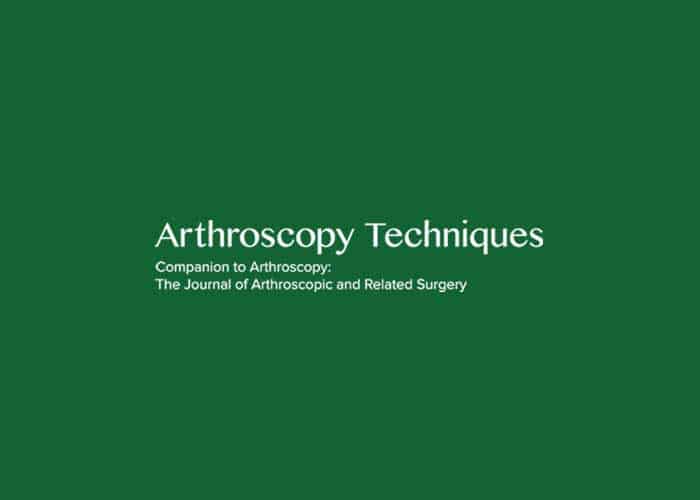
Authors:
Edward R. Floyd, M.S., Nicholas J. Ebert, B.S., Gregory B. Carlson, M.D., Jill K. Monson, P.T., O.C.S., and Robert F. LaPrade, M.D., Ph.D.
Abstract:
Recurrent patellar dislocations are correlated with an elevated risk for further patellar dislocations. Chronic patellar instability is a disabling issue for some patients and may require surgical intervention for proper treatment. Risk factors for recurrent dislocations include medial patellofemoral ligament (MPFL) tears, patella alta, trochlear dysplasia, and increased tibial tubercle to trochlear groove distance. Surgical management must be based on a patient’s unique joint
pathoanatomy and typically requires medial patellofemoral ligament reconstruction, with or without accompanying procedures such as tibial tubercle osteotomy or sulcus-deepening trochleoplasty. Chronic patellar instability in minors with open growth plates, requires alternative MPFL reconstruction techniques to prevent physeal injury, because of the close proximity of the femoral physis to the MPFL insertion. This article discusses the authors’ preferred technique for surgical treatment of recurrent patellar instability with a medial patellofemoral ligament reconstruction using a quadriceps tendon autograft.
You can read the full study: Medial Patellofemoral Ligament Reconstruction Using a Quadriceps Tendon Autograft in a Patient with Open Physes
